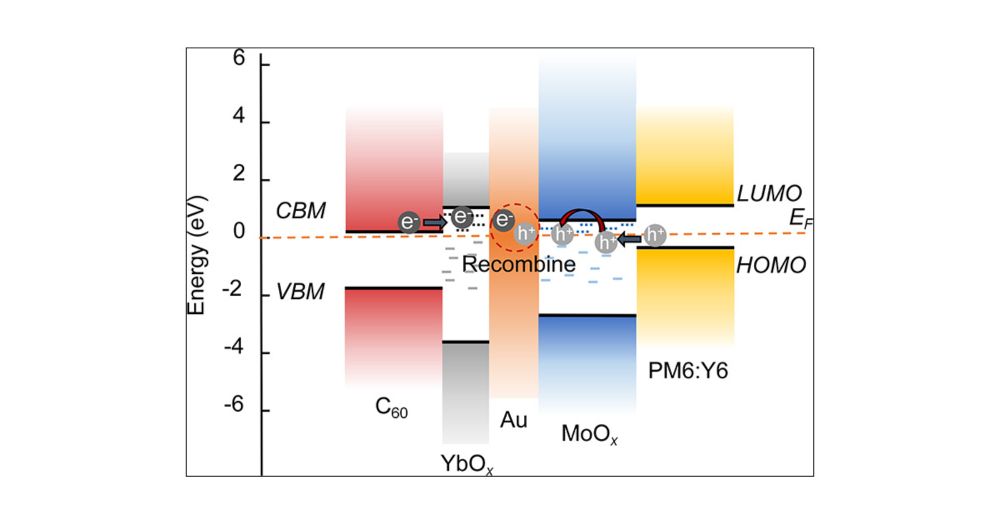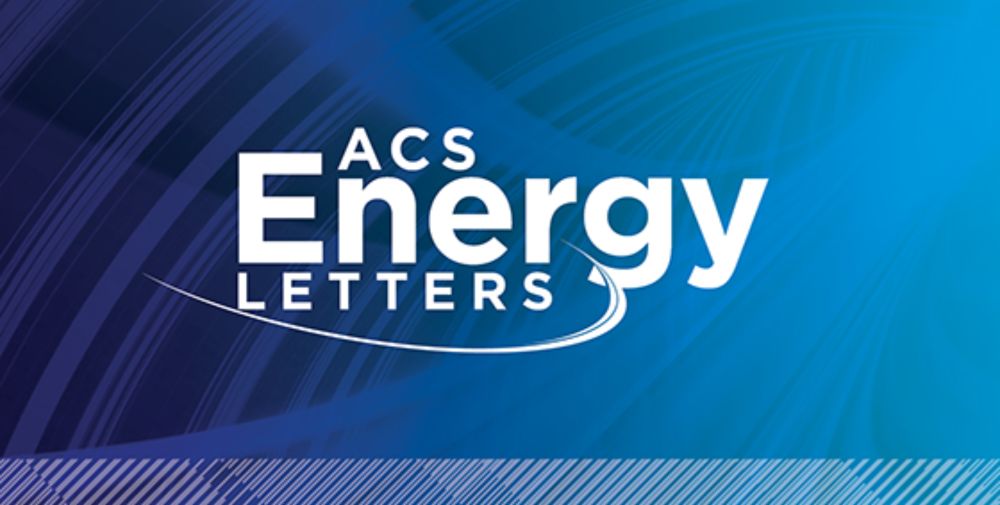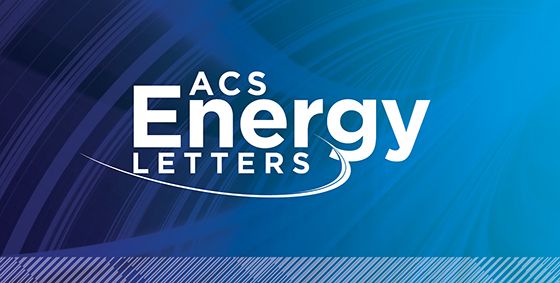Prashant Kamat
@kamat.bsky.social
1.3K followers
530 following
370 posts
Rev John A. Zahm Professor of Science, Univ Notre Dame -interested in renewable energy, nanoscience, material science, photochemistry, electrochemistry and scientific publications.
Editor-in-Chief @ACS Energy Letters. Views are my own
(URL: Kamatlab.com )
Posts
Media
Videos
Starter Packs
Reposted by Prashant Kamat
Reposted by Prashant Kamat
Prashant Kamat
@kamat.bsky.social
· Sep 5

Atomic Origins of Roughness-Enhanced Multicarbon Selectivity in Copper-Catalyzed CO2 Electroreduction
Surface roughness in copper catalysts has emerged as a critical factor for enhancing the C2+ product selectivity in electrochemical CO2 reduction (eCO2RR), but the underlying mechanistic origins remai...
pubs.acs.org
Prashant Kamat
@kamat.bsky.social
· Sep 3

Scalable CO2 Removal Using Electricity: Research Needs in Bipolar Membrane Electrodialysis
Electrochemical direct air capture (DAC) potentially represents a transformative solution in the fight against climate change. Herein we provide a critical perspective on pH-swing approaches, which l...
pubs.acs.org
Prashant Kamat
@kamat.bsky.social
· Aug 29

Optically Determined Hole Effective Mass in Tin-Iodide Perovskite Films
Tin-halide perovskites currently offer the best photovoltaic performance of lead-free metal-halide semiconductors. However, their transport properties are mostly dominated by holes, owing to ubiquitou...
pubs.acs.org
Prashant Kamat
@kamat.bsky.social
· Aug 29

Accelerating Interfacial Electron Extraction for Boosting Photocatalytic Hydrogen Evolution of Pt/Ta3N5:Mg+Hf
Promoting bulk charge separation in Ta3N5 through Mg doping was demonstrated as an effective strategy for enhancing photocatalytic water oxidation. However, this strategy exhibits a limited effect in addressing the long-standing issue of poor HER activity of Ta3N5. Herein, the underlying mechanism was first clarified, and a Mg–Hf codoping strategy was developed, which remarkably enhanced the HER activity. Systematic studies revealed that effective interfacial electron transfer between Ta3N5 and Pt was seriously impeded after Mg doping. UPS and DFT calculations demonstrated that Hf codoping significantly accelerates interfacial electron extraction through the modulation of Fermi level. 7.7 and 17.6 times enhancement in HER was achieved over Ta3N5:Mg+Hf as compared with Ta3N5:Mg and Ta3N5, respectively. An outstanding AQY was achieved, ranking among the highest values reported for Ta3N5. This work highlights the importance of effective interfacial electron extraction and presents a feasible approach to rationally designing Ta3N5.
pubs.acs.org
Prashant Kamat
@kamat.bsky.social
· Aug 29

Singlet Fission c-Si Solar Cells: Beyond Tetracene
Singlet fission photovoltaics enable the extraction of two electron–hole pairs from each higher-energy photon while leveraging a mature technology such as crystalline silicon (c-Si) as the underlying cell. Significant steps have been made in the development of singlet fission silicon photovoltaics, but all examples reported to date use tetracene as the singlet fission material. Tetracene is photochemically unstable and therefore unsuitable for commercial applications. Here we demonstrate singlet fission-derived triplet exciton transfer to c-Si from photochemically stable dipyrrolonaphthyridinedione (DPND) derivatives, with a thin layer of tin oxide as the passivation layer. An overlayer of poly(3,4-ethylenedioxythiophene) polystyrenesulfonate (PEDOT:PSS) was found to improve interface passivation further. These observations demonstrate that singlet fission photovoltaic devices can be made using stable and commercially viable materials.
pubs.acs.org
Prashant Kamat
@kamat.bsky.social
· Aug 24
Prashant Kamat
@kamat.bsky.social
· Aug 24

Iodine’s Wild Ride Leading to Photoinstability in Halide Perovskite Solar Cells
Understanding processes that contribute to efficiency losses during long-term operation of perovskite solar cells is crucial for achieving operational stability. Although maximum power point tracking...
pubs.acs.org
Prashant Kamat
@kamat.bsky.social
· Aug 24

Iodine’s Wild Ride Leading to Photoinstability in Halide Perovskite Solar Cells
Understanding processes that contribute to efficiency losses during long-term operation of perovskite solar cells is crucial for achieving operational stability. Although maximum power point tracking...
pubs.acs.org














